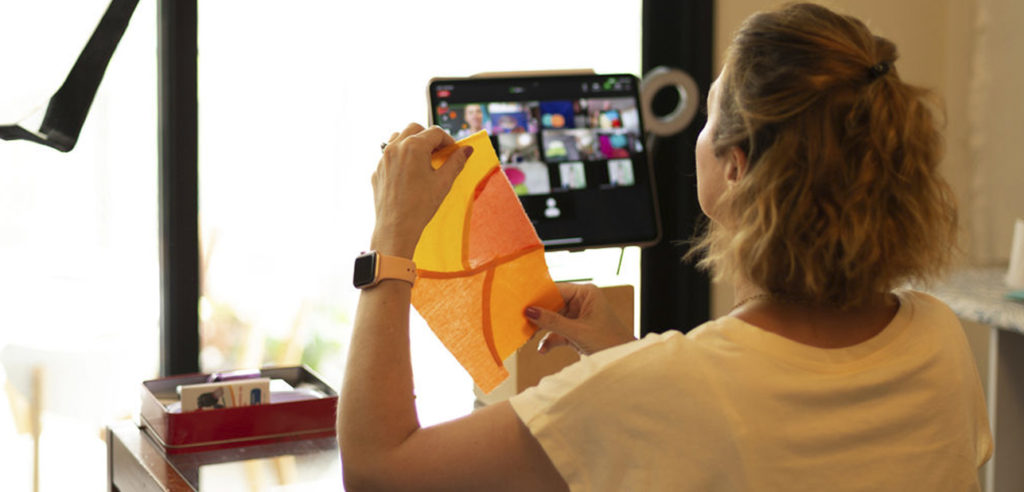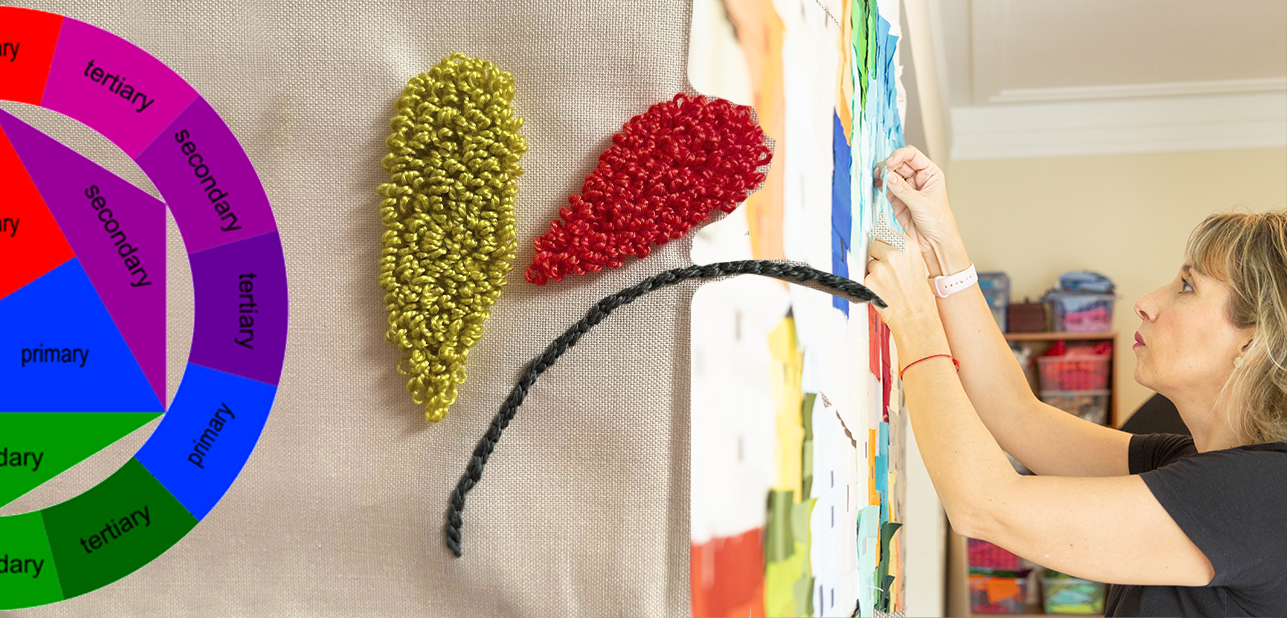Have you ever noticed how beautiful things often have a mix of different elements? That’s the idea of “unity in diversity,” where things come together to create something even more beautiful as a whole.
This blog is all about how blending techniques and styles in quilting can lead to a spectacular design. Let’s learn how to make beautiful quilts together!
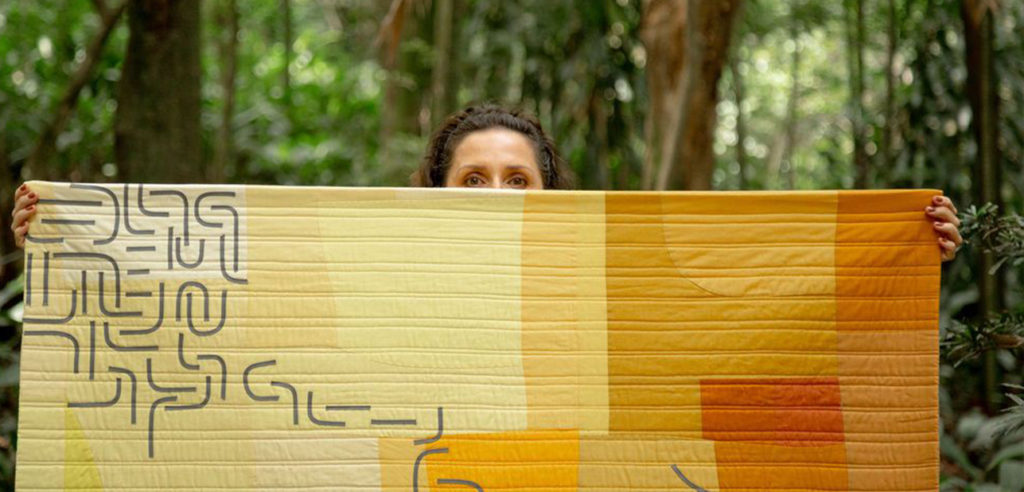
Assemble Your Quilting Toolkit
Having the right tools makes quilting easier and more fun, especially when you’re trying new things.
First, you need to cut your fabric accurately. This is important so that all your pieces fit together nicely. A rotary cutter helps you make straight and smooth cuts. You’ll also want a self-healing mat to protect your table while you cut.
Next, you need a good sewing machine. When you’re quilting, you’re often sewing through many layers of fabric, so your machine needs to be strong. Some sewing machines have special feet that make quilting easier. These feet help you sew smooth, even stitches, even when you’re working with lots of layers or different kinds of fabric.


Explore New Quilting Techniques
Free-motion quilting lets you move the fabric freely under your sewing machine needle. You create your unique designs and patterns, adding texture and personality to your quilts. It’s a fantastic way to unify different fabrics and colors.
Improvisational piecing encourages you to create without a pattern. Play with different shapes, colors, and textures to see what you can discover. This technique leads to unique and dynamic quilts that reflect your creativity.
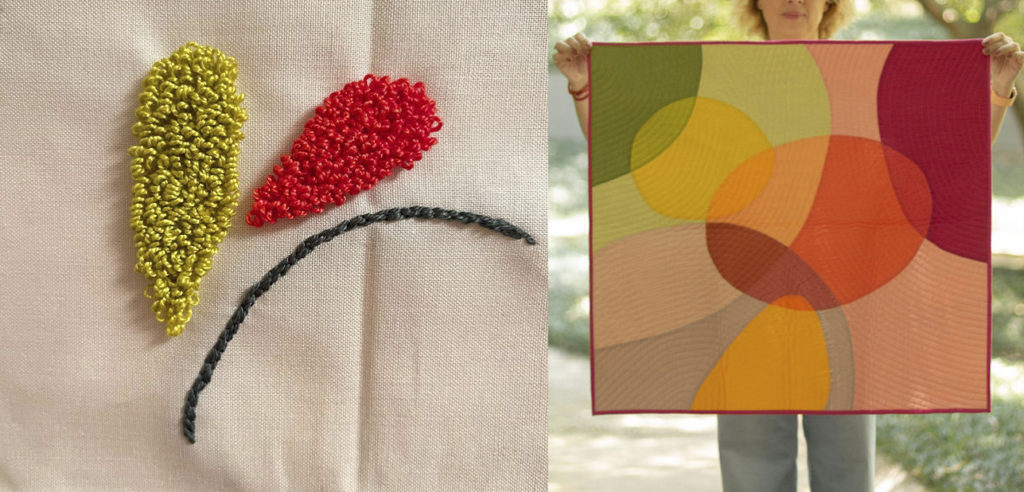
Explore adding different materials to your quilts, like yarn, beads, or even recycled fabrics. These unexpected elements create visual interest and make your quilts stand out. Experiment with fabric manipulation techniques like pleating or folding to add texture and dimension.
These new techniques help you blend different styles and create unique quilts that showcase your artistry.
Design Principles You Should Try for Quilting
Repetition also makes your quilt have a rhythm. Like a song has a beat, your quilt can have a rhythm by using the same things over and over. This rhythm can be slow and peaceful, or it can be fast and exciting, depending on how you use repetition.
Minimalism is another popular approach. It’s all about keeping things simple and using negative space effectively. Negative space is like giving your design room to breathe. The empty areas around your shapes and patterns create balance and visual interest. They help the viewer appreciate the different elements in your quilt. Try working with a limited number of colors and subtle textures. You’ll create a quilt that feels sophisticated and elegant.
Don’t be afraid to try unusual layouts. Move away from traditional block patterns and experiment with asymmetry. Place your shapes in unexpected ways to make your quilt truly unique and eye-catching.
Fabric and Color Choices for Your Quilt



Imagine you’re painting with fabric. Just like an artist picks their paints, you can choose fabrics and colors to make your quilt come alive. Your mix of colors is like a recipe – it sets the mood for your whole quilt.
Modern quilters love to get creative with color, like mixing bright pinks with unexpected greens. Don’t be afraid to try something new. But just like with food, you want the flavors to go well together. You wouldn’t put chili peppers in your ice cream, right? The same goes for colors; you want them to get along, not clash.
Here’s where “color theory” comes in. It sounds fancy, but it’s just a set of helpful tips about how colors work together. Think of it like a cheat sheet for picking colors that look great together.
The Color Wheel
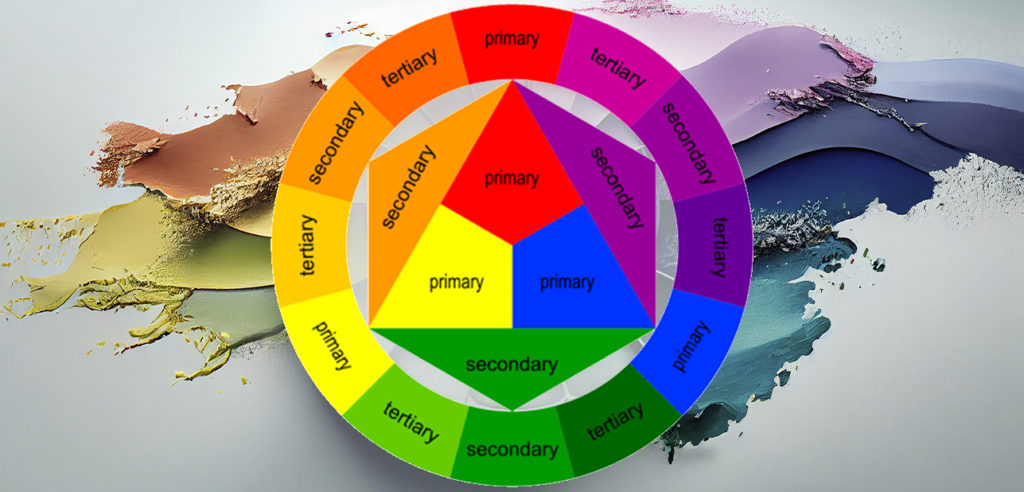
The color wheel is like a rainbow in a circle. It shows you how colors are related.
- Primary colors: These are the main colors: red, yellow, and blue. They’re the building blocks of all the other colors.
- Secondary colors: Mix two primary colors, and you get a secondary color! For example, red and yellow make orange.
- Tertiary colors: These are made by mixing a primary color with a nearby secondary color. Think blue-green or red-violet.
Putting Colors Together
- Complementary colors: These are opposites on the color wheel, like red and green. They create a bold and exciting look because they’re so different.
- Analogous colors: These are neighbors on the color wheel, like blue, blue-green, and green. They create a calm and peaceful feeling because they’re similar.
- Triadic colors: These are three colors spaced evenly around the color wheel, like red, yellow, and blue. They create a balanced and lively look.
Other than color combination, mixing prints is also a great way to add some excitement. Try combining florals with geometric patterns, or solids with abstracts. Think about the size of the prints and how the colors work together.Have fun playing with fabrics and colors. Experiment and see what combinations speak to you. This is where you can let your creativity shine through.
Learn More with Carolina Oneto’s Online Quilting Classes
You’ve learned so many cool ways to mix up your quilting. Remember, it’s all about bringing different things together to make something awesome. Try mixing different ways of quilting, different fabrics, and different colors. Don’t be afraid to try new things.
Embrace unity in diversity by blending techniques and styles in quilting. You can make your quilts unique and special, so have fun, and let your creativity shine!Do you want to learn more about quilting? Check out Carolina’s online classes. She’ll help you make amazing quilts!
